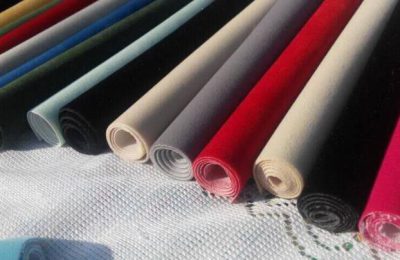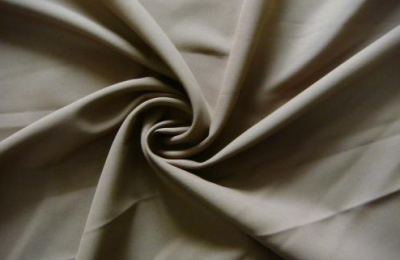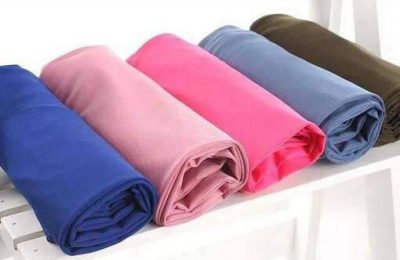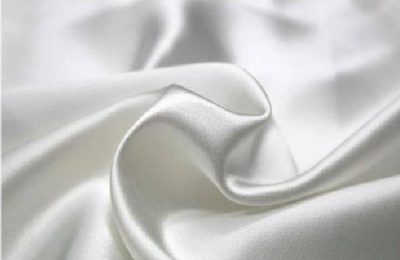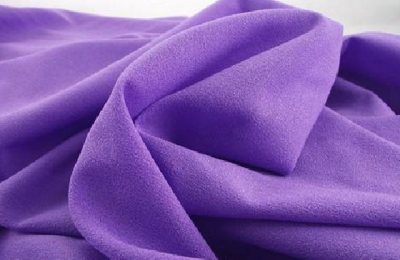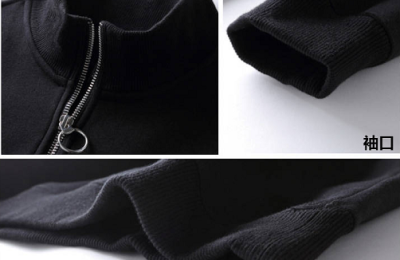I don’t know how much you know about Japanese wet-laid non-woven fabrics. Today I will take you to learn more about this material.
The exact name of Japanese wet-laid non-woven fabrics should be “non-woven fabrics”, or “non-woven fabrics”.
Because it is a fabric that does not require spinning or weaving. It just orients or randomly arranges short textile fibers or filaments to form a fiber mesh structure, and then uses mechanical, thermal bonding or chemical methods to reinforce it. Become.
Mainly used in construction, the roof waterproofing is used as the base fabric, with sand, cement, etc. attached to it to prevent sand from leaking.
Non-woven fabrics are often used in construction as a measure to prevent cracks.
The production speed of wet-laid non-woven fabrics is high, which can reach 400m/min. It is suitable for short fibers with a length of 20mm or less to form a web; there is almost no limit to the mixing of different quality fibers; the fibers in the web are arranged randomly, and wet-laid non-woven materials Almost isotropic; product bulkiness and fiber web uniformity are good; production cost is low; wet-laid nonwoven material variety change possibility is small; water consumption is large.
We supply Japanese wet-laid non-woven fabrics and have the following characteristics: It is a water-repellent non-woven fabric, and the water-repellent properties of the non-woven fabric are different depending on the weight and size.
The larger the weight and the thicker, the better the water repellency.
If there are water droplets on the surface of the non-woven fabric, the water beads will slide directly from the surface.
High temperature resistance.
Because the melting point of polyester is around 260°C, it can maintain the stability of the dimensions of the non-woven fabric in environments that require temperature resistance.
It has been widely used in thermal transfer printing, transmission oil filtration, and some composite materials that require high temperature resistance.
</p



